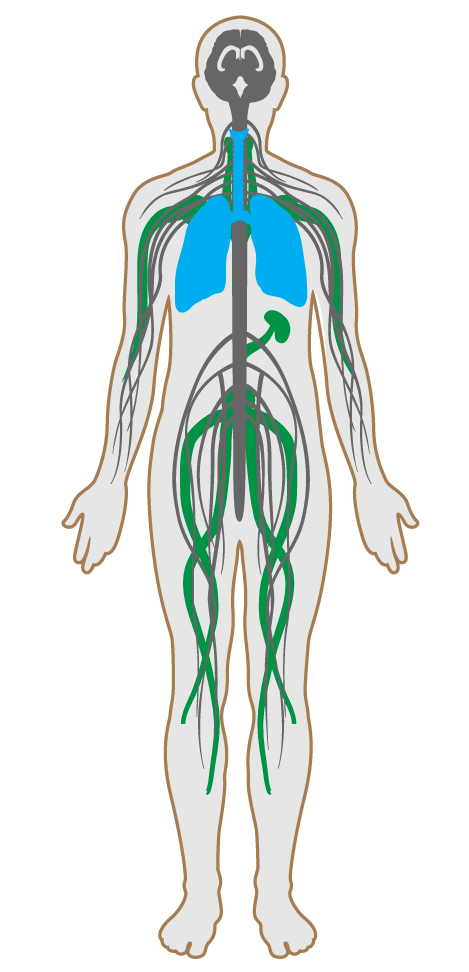Radiant thermal comfort
- 83 Radiant thermal comfort
- 84 Health and wellness awareness
- 85 Integrative design
- 86 Post-occupancy surveys
- 87 Beauty and design I
- 88 Biophilia I - qualitative
- 89 Adaptable spaces
- 90 Healthy sleep policy
- 91 Business travel
- 92 Building health policy
- 93 Workplace family support
- 94 Self-monitoring
- 95 Stress and addiction treatment
- 96 Altruism
- 97 Material transparency
- 98 JUST organization
- 99 Beauty and design II
- 100 Biophilia II - quantitative
- 101 Innovation feature I
- 204 Impact reducing flooring
- 205 Health through housing equity
83. Radiant thermal comfort
Buildings can achieve a better balance between occupant comfort and energy efficiency by separating temperature controls and fresh air supply systems.
This feature enhances thermal comfort through the use of radiant heating and cooling elements independent of ventilation systems.
Each regularly occupied space meets the following sound pressure level as measured when the space and adjacent spaces are unoccupied, but within 1 hour of normal business hours:
At least 50% of the floor area of all offices and other regularly occupied spaces meets the requirements set forth in ASHRAE Standard 55-2013 for thermal comfort through the use of one of the following systems:

Applicability Matrix
| Core & Shell | Tenant Improvement | New Construction | |
|---|---|---|---|
| Part 1: Sound Pressure Level | P | O | P |
| Part 2: Offices and Other Regularly Occupied Spaces | - | O | O |
| Commercial Kitchen | Schools | Multifamily Residential | Restaurant | Retail | |
|---|---|---|---|---|---|
| Part 1: Sound Pressure Level | O | - | - | O | O |
| Part 2: Offices and Other Regularly Occupied Spaces | - | O | - | - | - |
Verification Methods Matrix
| Letters of Assurance | Annotated Documents | On-Site Checks | |
|---|---|---|---|
|
PART 1 (Performance) Sound Pressure Level |
Performance Test | ||
|
PART 2 (Design) Offices and Other Regularly Occupied Spaces |
MEP |
| 83.1.a |
The Department of Energy identifies radiant heating systems as more effiicient and less likely to distribute allergens than forced-air systems. |
| 83.1.b |
The Department of Energy identifies radiant heating systems as more effiicient and less likely to distribute allergens than forced-air systems. |
| 83.2.a |
The Department of Energy recommends radiant heating systems over forced-air systems as they are usually more efficient and do not distribute allergens. |
| 83.2.b |
The Department of Energy identifies radiant heating systems as more effiicient and less likely to distribute allergens than forced-air systems. |
